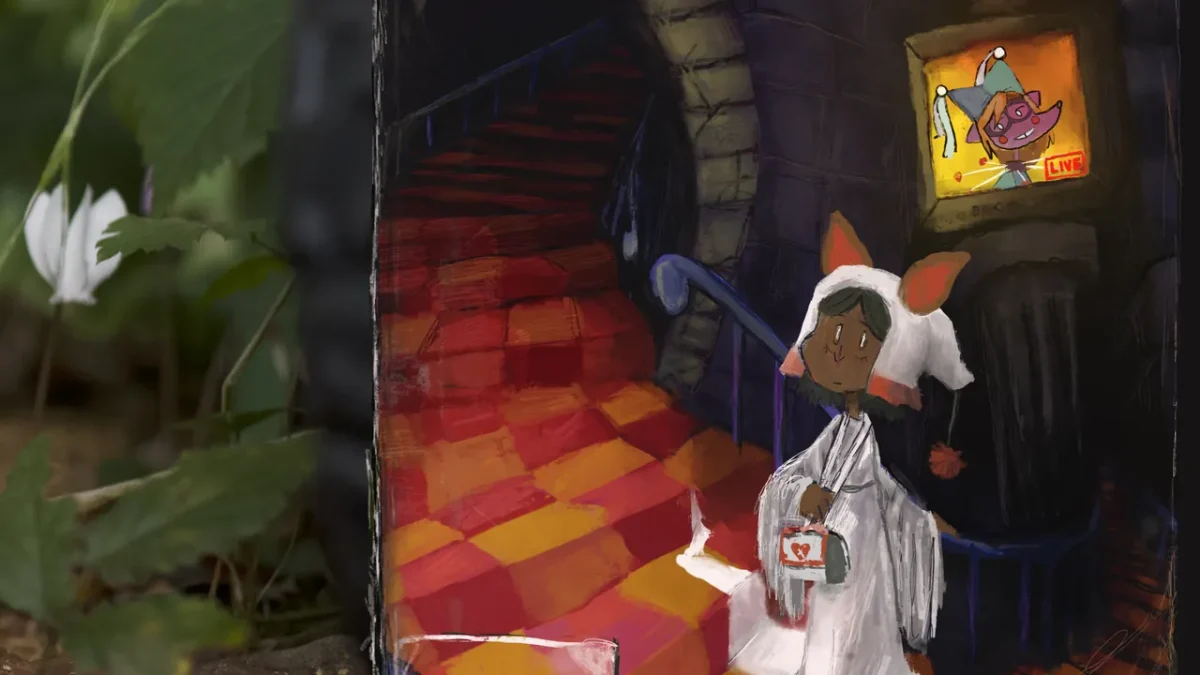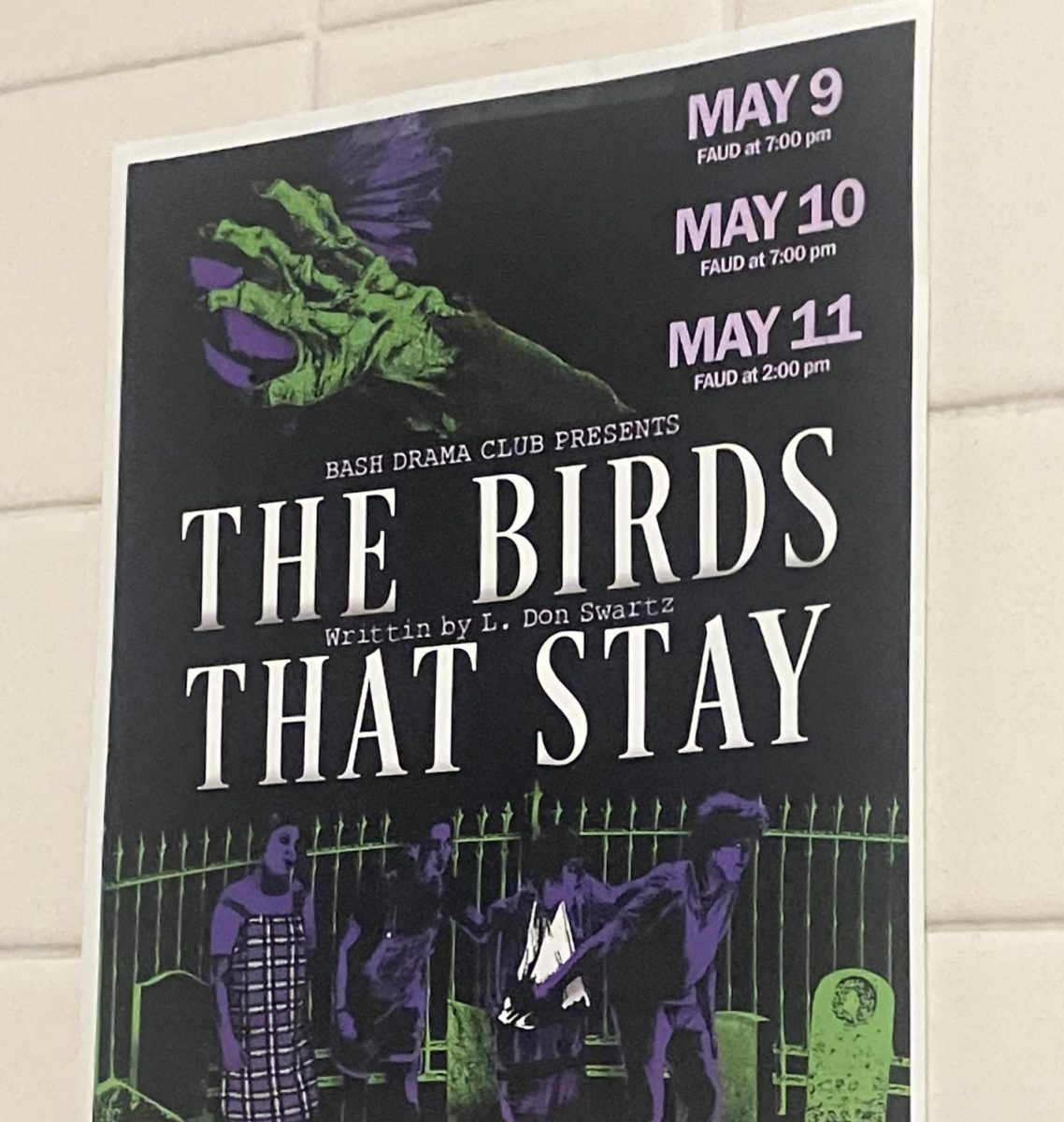Love is in the air as Valentine’s Day quickly approaches. But is it just a holiday stores made up to make more money, or is there more behind the candy, flowers, and gifts?
The Legends of Valentine’s Day
A lot of the history behind Valentine’s Day is unknown, making the holiday very mysterious. February has always been a month filled with love and has long been celebrated as the month of romance. One Catholic legend surrounds the third century priest Valentine who served in Rome. Emperor Claudius II decided that single men were better soldiers than married men, so he outlawed young men to be married. However, Valentine saw how unfair the law was, and he continued to wed young couples. Once Claudius discovered what Valentine was doing, he ordered him to be put to death. Some argue that it wasn’t this Valentine who started the holiday, but rather Saint Valentine of Terni, a bishop who was also beheaded by Claudius.
Other stories say Valentine may have been beheaded for trying to help Christian escape cruel prisons where they were treated very harshly. Another legend says that he actually sent the first “valentine” to a girl he fell in love with. It’s said that the letter he wrote before his death was signed “From your Valentine,” which is still used today. Although all of these stories have slightly different variations, they all include a heroic, sympathetic, and romantic figure.
Some people believe that Valentine’s Day is celebrated in the middle of February to remember the anniversary of Valentine’s death, but others claim it was an attempt to make the celebration of Lupercalia Christian. Lupercalia was a fertility festival held on February 15, dedicated to Faunus, the Roman god of agriculture. Unfortunately, it was outlawed for being deemed as “un-Christian,” and at the end of the 5th century, Pope Gelasius declared February 14 Valentine’s Day. The holiday wasn’t definitively associated with love until much later.
The Start of Valentine’s Traditions
It was commonly believed in France and England during the Middle Ages that February 14 was the beginning of the birds’ mating season, which added to the romance aspect of the holiday. the first to record Valentine’s day as a celebration of romance was Geoffrey Chaucer, an English poet; it was written in his poem, “Parliament of Foules,” in 1375.
Although Valentine’s greetings were popular in the Middle Ages, written valentines didn’t appear until after 1400, with the oldest known valentine being a poem written in 1415. It was written by Charles, Duke of Orleans, while he was imprisoned in the Tower of London. The letter was addressed to his wife and is now part of the manuscript collection of the British Library. Many years later, people believe that King Henry V hired John Lydgate, a writer, to write a valentine to Catherine of Valois.
The Symbol of Cupid
Many people know Cupid as one of the main symbols of Valentine’s Day. Cupid is often depicted as a baby with angel-like wings who wields a bow and arrows which make people fall in love. The Roman God Cupid started out as the Greek God of Love, Eros, who has many different accounts as to how he was born. Some say he is the son of Aphrodite and Ares, others suggest he was of Nyx and Erebus, some claim he was of Iris and Zephyrus, and some even say he’s the child of Aphrodite and Zeus.
Before he was depicted as the chubby baby of Cupid we know him as today, he was known as a handsome immortal who played with men’s’ and gods’ emotions. He would play with hearts to cause mayhem, and was seen as a representation of foolish and irrational love. The modern version of Cupid came to be during the Hellenistic period, and now he represents love, desire, and attraction.
Valentine’s Gifts and Greetings
This holiday is popular in the United States, Britain, Canada, Australia, France, Mexico, Argentina, South Korea, and the Philippines. Although Valentine’s Day isn’t celebrated everywhere, where it is celebrated, the traditions are very similar. It became common for friends and lovers to small gifts or handwritten notes by the mid 1700’s.
In the 1840’s, Esther A. Howland began to sell the first mass-produced Valentines in America. He was known as the “Mother of Valentine” and made elaborate Valentines using lace, ribbons, and scrap. By 1900, printing technology improved, causing printed cards to replace written letters. Premade cards made it easy for one to express their feelings during a time period where expressing emotions was discouraged. Today, there are about 145 million Valentines sent each year. The most popular gifts today, in order, are candy, cards, flowers, and jewelry.
Everyone should remember the historical significance behind Valentine’s Day, and whether there is a special someone in your life or not, it’s a good day to show love and affection to everyone!

























